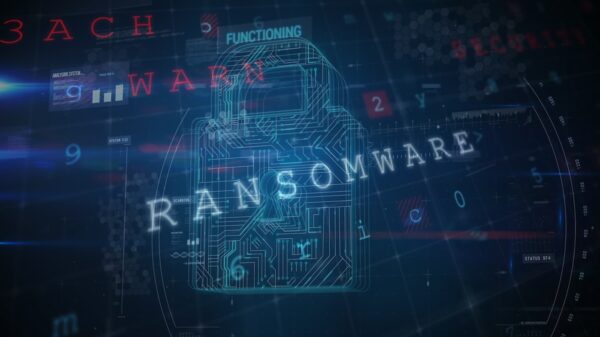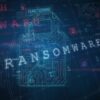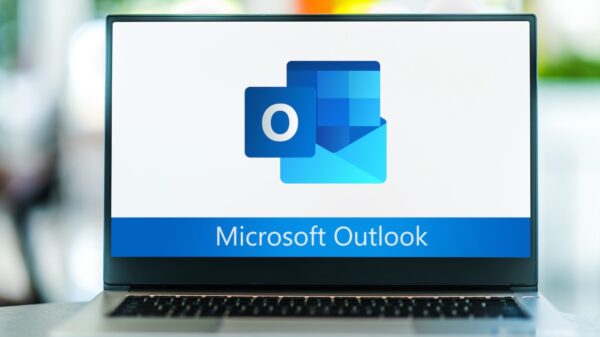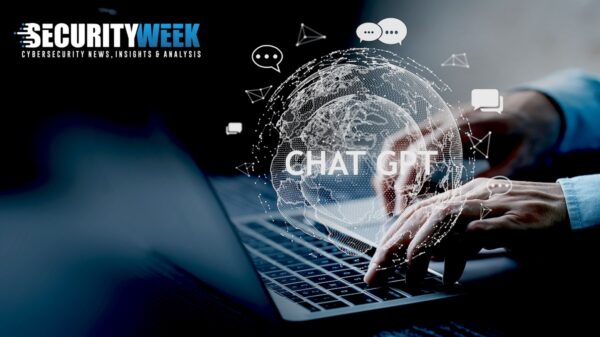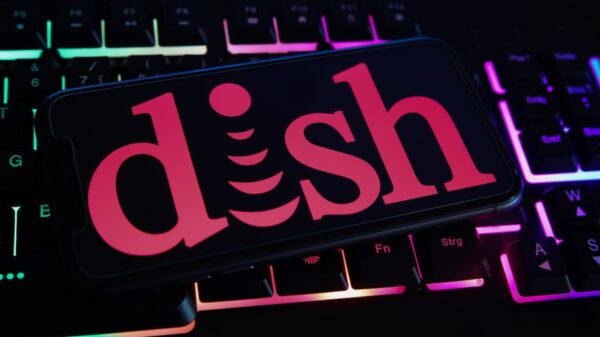The Cybersecurity and Infrastructure Security Agency (CISA) has published an alert to provide information on attacks delivering the KONNI remote access Trojan (RAT).
Active since at least 2014 but remaining unnoticed for over three years, KONNI has been used in highly targeted attacks only, including ones aimed at the United Nations, UNICEF, and entities linked to North Korea. Security researchers also identified a link between KONNI and DarkHotel.
Once installed on a victim’s computer, the threat can exfiltrate large amounts of information, log keystrokes, take screenshots, steal clipboard content and data from browsers such as Chrome, Firefox, and Opera, and execute arbitrary code.
In an alert published on Friday, CISA warns of emails delivering Microsoft Word documents that contain malicious Visual Basic Application (VBA) macro code designed to fetch and install the KONNI malware.
The macro code, CISA explains, was designed to change the font color to trick the victim into enabling content, check whether the system architecture is 32-bit or 64-bit, and construct and run a command line to download additional files. Certificate database tool CertUtil is employed for the download of remote files.
A text file from a remote location is then downloaded, decoded by CertUtil, and saved as a batch (.BAT) file, which is executed after the text file is deleted.
CISA also explains that information KONNI can collect from infected machines includes IP addresses, usernames, a list of running processes, as well as details on operating system, connected drives, hostname, and computer name.
The agency has published a list of MITRE ATT&CK techniques associated with KONNI, as well as Snort signatures for defenders to use in detecting KONNI exploits.
To stay protected from this threat, users and administrators should ensure their systems are up to date, should have an updated anti-virus solution running on their devices, should avoid opening email attachments from unknown sources, and should implement policies related to user permissions, passwords, allowed services, software downloads, and the monitoring of user behavior.
Related: Researchers Link New NOKKI Malware to North Korean Actor
Related: Campaigns Targeting North Korea Show Link Between KONNI and DarkHotel




